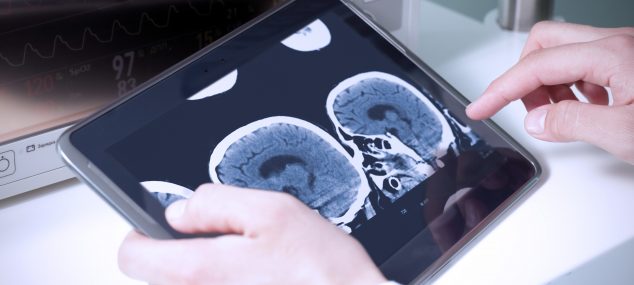
Stroke patients in the Tweed will now have 24-hour access to an innovative telehealth service, as part of a $21.7 million initiative being rolled out across NSW.
The NSW Telestroke Service offers people living in regional and rural areas increased access to life-saving stroke diagnosis and treatment. It does this by connecting local doctors to specialist stroke physicians via video consultation in the Emergency Department.
“This crucial service will provide Tweed residents with rapid diagnosis and treatment from the state’s expert clinicians,” Ms Kelly Andersen, Tweed/Byron Stroke Care Coordinator, said.
Telestroke helps local doctors to decide the most appropriate treatment option for each patient. These options include urgent treatment to dissolve a clot locally, or urgent transfer to a specialised stroke centre for more complex treatment where appropriate.
Every year, around 19,000 residents in NSW have a stroke. More than a third of people hospitalised for stroke in NSW are from regional, remote or rural areas.
In 2020, 232 patients were admitted to The Tweed Hospital for stroke treatment which is the fourth highest incidence rate per capita in Australia. A total of 46 patients from the Tweed required transfer to Queensland hospitals to receive medical care within four hours of displaying the signs of stroke onset.
“Stroke is a time critical medical emergency that can kill up to 1.9 million brain cells per minute,” Ms Andersen said.
“It is also really important that people learn to recognise stroke symptoms and call an ambulance immediately, to give stroke sufferers the best chance of a successful outcome.”
Member for Tweed, Geoff Provest has welcomed the inclusion of The Tweed Hospital in the expansion of the Telestroke network.
“Utilising technology to access to the best medical advice available is a great step forward in the delivery of quality health treatment as we await the completion of the new Tweed Valley Hospital,” Mr Provest said.
The F.A.S.T test is an easy way to spot the signs of stroke. FAST stands for:
- Face - Has their mouth drooped?
- Arms - Can the person lift both arms?
- Speech - Is the person’s speech slurred? Do they understand you?
- Time - Is critical. If you see any of these signs call 000 straight away.
Implementation of the NSW Telestroke Service is a collaboration between the Prince of Wales Hospital, eHealth NSW, Agency for Clinical Innovation and the Ministry of Health.
The service has already helped more than 700 patients in NSW since its launch in March 2020 and will expand to up to 23 sites across NSW by June 2022. The service went live at The Tweed Hospital today (10 May), and is already live at Lismore Base Hospital and Grafton Base Hospital.
The NSW Telestroke Service is a $21.7 million NSW Government election commitment announced in March 2019 and jointly funded by the NSW and Commonwealth Governments.
Footage of the NSW Telestroke Service is available at: https://vimeo.com/295104771